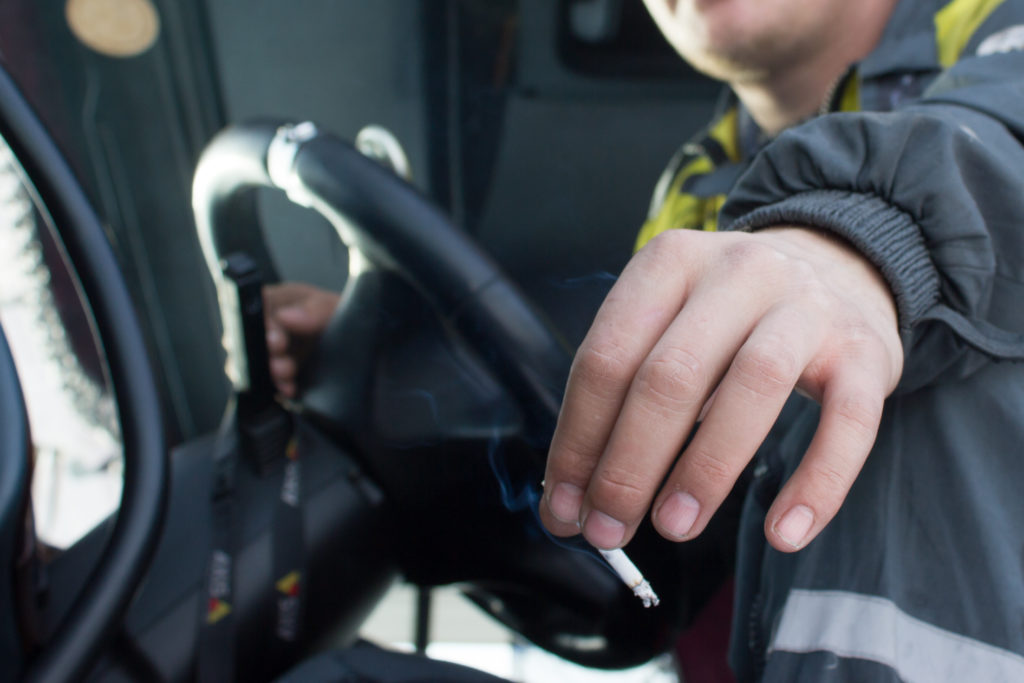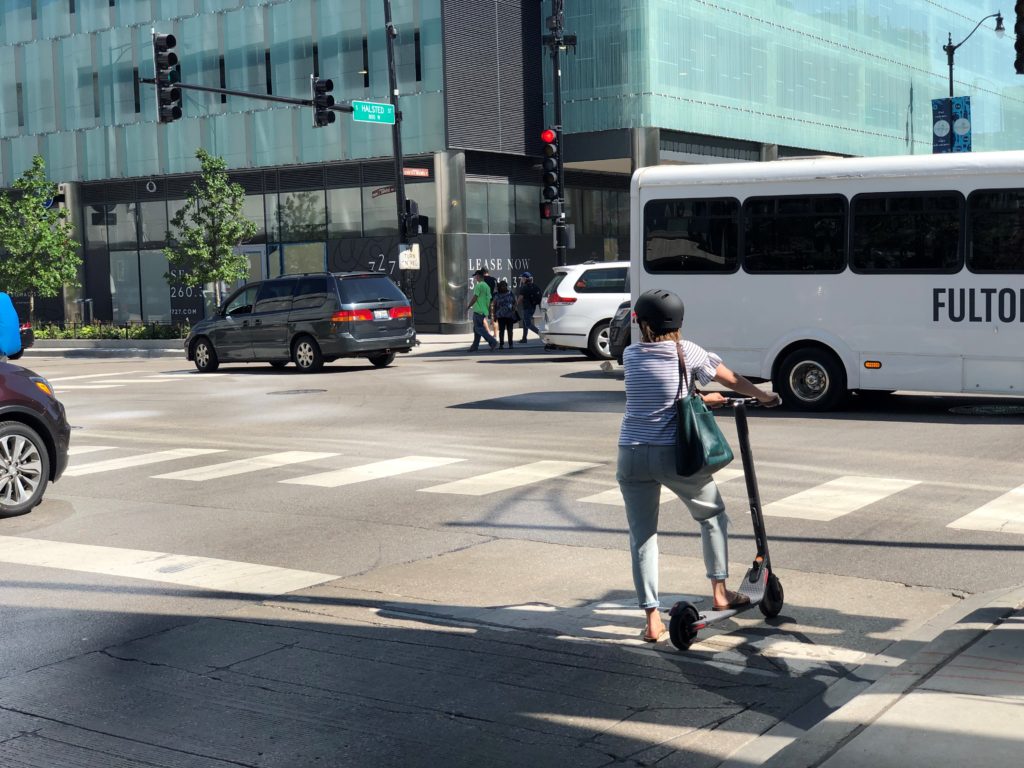
The Federal Motor Carrier Safety Administration is helping in the distribution of one million protective face masks to truckers throughout the country.
“We have all seen the incredible efforts that the nation’s commercial drivers are making each day to deliver goods and supplies to homes, businesses, and hospitals throughout America. With the help of our state partners and the motor carrier industry, these protected masks will help truckers remain safe and healthy while they continue to maintain our nation’s supply chain,“ said Jim Mullen, Acting Administrator for FMCSA.
The agency announced this initiative as a partnership with other industry groups, state representatives, and motor carriers. Masks have been provided by the Federal Emergency Management Agency.
“Under Secretary Chao’s leadership, the Department of Transportation has been supporting America’s truckers during this challenging time.” Mullen explained.
The FMCSA and its collaborators on this effort have planned to distribute 800,000 masks to truckers in: Arkansas, California, Georgia, Illinois, Indiana, Nebraska, New York, and Texas. The remaining 200,000 masks will be sent directly to motor carrier companies to give to their drivers.
“[American Trucking Associations] is pleased to be working with FMCSA and our state associations to help distribute masks to professional drivers,” said Sean McNally, ATA spokesman. “Access to [personal protective equipment] is an important part of keeping our supply chain and economy running, and we would like to thank Acting Administrator Mullen, Secretary Chao, and President Trump for their efforts to keep our drivers safe and healthy.”
FMCSA distributed 50,000 masks through the month of April in Illinois by working with the Illinois State Police and the Illinois Trucking Association. Distribution for these masks was set at travel center Lincoln Oasis (located at an overlap of interstates 80 and 294).
“Face masks have been difficult for many drivers to find, especially with Illinois’ new requirement for face coverings in public,” said Matt Hart, Illinois Trucking Association executive director. “These masks will provide truck drivers with additional protection during the coronavirus pandemic while they safely deliver the groceries and medical supplies that Americans need each day.
Mask distribution is also taking place in New York within heavily virus-stricken areas, such as the Bronx, Staten Island, and Sloatsburg Rest Area. In California, mask distribution is located at eight California Highway Patrol Field Divisions and at two additional points outside of Los Angeles.
“We thank the FMCSA for helping to protect the health of our nation’s truck drivers as they continue to deliver essential goods,” said Shawn Yadon, California Trucking Association CEO.
Additional areas of mask distribution include: the Social Hills Rest Area at Interstate 30 East/West and mile marker 93 in Arkansas, Interstate 75 Southbound at mile marker 179 in Georgia, rest areas at Interstate 70 Westbound (mile marker 107) and Eastbound (miler marker 65), Interstate 65 Southbound (mile maker 150) and Northbound (mile marker 72), and Interstate 94 Westbound (mile maker 43) in Indiana, Goehner Truck Parking Area Interstate 80 at mile marker 375 Westbound and Melia Hills Rest Area Interstate 80 at miler marker 431 Westbound in Nebraska, and Interstate 35 Northbound at mile marker 362A, along with multiple inspection facilities, in Texas.
In addition to these efforts, the FMCSA says it has taken further action in response to the COVID-19 pandemic to help support the country’s trucking industry and supply chain by releasing guidance regarding restrictions on movement–including shelter-in-place orders, as well as a guide regarding essential workers.
The guidance explains that essential workers include “employees supporting or enabling transportation functions,” including truckers, bus drivers, dispatchers, repair technicians, warehouse workers, truck stop workers, and rest stop workers, as well as DMV employees, towing services, roadside assistance workers, railroad employees, and maintenance crew. These workers, according to the guidance, should keep in mind that “truck drivers delivering needed supplies should stay in their vehicles as much as possible as supplies are loaded and unloaded,” as well as avoid being within six feet of others, and to use electronic receipts when possible. If truckers must stay in restricted areas to rest, “they should wash their hands frequently and practice social distancing to the extent possible.”
Click here for a full list of mask distribution areas, and here for more information on this guidance and what else FMCSA is doing to help trucking efforts in the pandemic.




